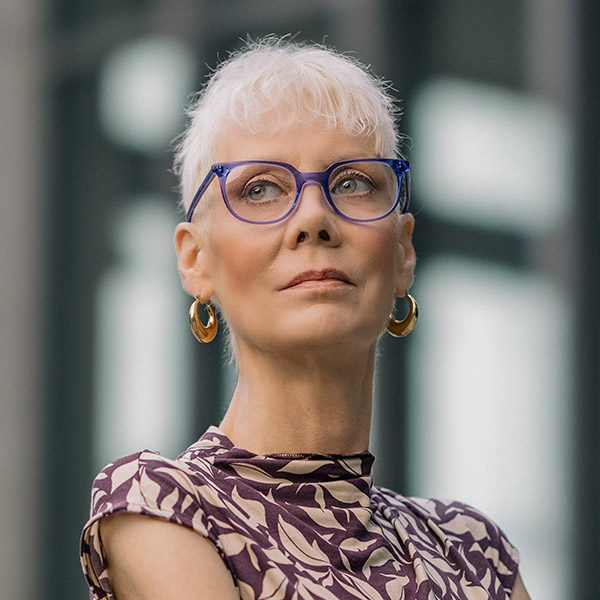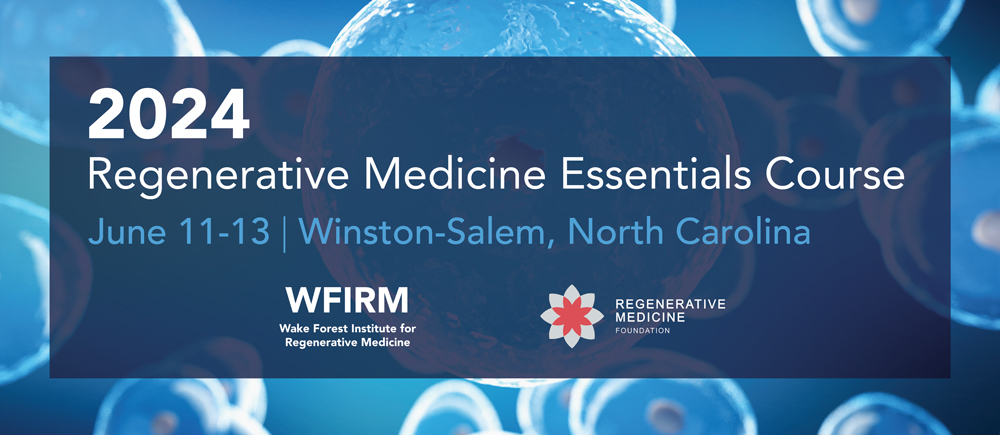At A Glance
“Keep your eyes open, your emotions free. Leap into the future!” Those are the words of centenarian journalist Bernard Kalb about moving forward through life, regardless of age. There’s no question that research to advance the human healthspan is leaping into the future. This issue, explore new uses of amniotic fluid fetal cells, the effects of pregnancy on aging and yet another milestone in gene editing. Add to that the new discovery that helps explain why younger people are developing cancer at higher rates and also opens up new questions about what is causing accelerated aging in those under 55. Then, enjoy an insightful video presentation by Bernard Siegel, Healthspan Action Coalition’s executive director, for the annual Advanced Therapies Summit hailing from Stockholm, Sweden. Top it all off with news about longevity investment and an announcement regarding an upcoming investor’s conference in Gstaad, Switzerland.

Precursor Amniotic Fluid Cells Taken to the Next Level
Amniotic fluid is rich in precursor cells shed by the fetus, according to UK researchers, and those cells can be used to develop tissue-specific organoids for studying congenital defects and rare diseases. While genetic testing of cells in the amniotic fluid has been done for decades to detect chromosomal abnormalities, those cells are generally examined in early pregnancy, leaving the later stages of fetal development shrouded in mystery. In a study led by Paolo di Coppi, a pediatric surgeon, and published in Nature, a safe way was established for culling amniotic fluid cells in late pregnancy, and those cells have been found to be precursors to cells that can develop into organoids for study, including small intestine, lung and kidney-specific tissues. This technique eclipses the current norm in studying congenital defects—imaging—and opens the door to elucidating what actually goes on at the cellular level in malfunctioning organs in the case of birth defects and rare diseases.

Pregnancy is an Aging See-Saw
Pregnancy entails the body’s radical biological transformation necessary to gestate, nurture and deliver new life into the world. It places a major stress on the body, and recent epigenetic evidence shows that it can increase biological age by up to two years. A Harvard research team led by Vadim Gladyshev last year examined methylation levels in cells taken from the blood of pregnant women, discovering epigenetic changes suggesting that pregnancy entails rapid premature aging. In a new follow-up study, conducted three months after the women gave birth, there was a dramatic turnaround. The women’s cells now appear to be three to eight years younger than during their pregnancies, and the results were most marked in women who breastfed. Yet more evidence of the nonlinear nature of aging, and the fact that the accelerated aging seen in virtually all diseases can be manipulated. And another reminder, if we needed one, that pregnancy isn’t for sissies!

Accelerated Aging and Cancer in Younger Adults
Researchers have been scratching their heads to try to understand the rise of cancer in younger people. Long recognized as an age-related disease, evidence has emerged that a feature of cancer in people below 55 is premature aging. With the help of an algorithm called PhenoAge, a team led by Yin Cao at Washington University School of Medicine examined the medical records of over 148,000 patients for blood markers correlating with biological age. This was then compared to the individuals’ chronological age and incidence of cancer, and there was a Eureka moment. Those whose biological age exceeded their chronological one were dramatically more likely to develop cancer. Limitations to the study include that it looked at a single blood sample—a snapshot in time—rather than following the subjects over a longer period. But this work opens the door to determining who may be at a higher risk for cancer and allows interventions that slow or reverse accelerated aging before the disease develops.

And Speaking of Cancer…
The global aging tsunami on the fast-approaching horizon has the World Health Organization predicting a 77% jump in the incidence of cancer by 2050, and the American Cancer Society concurs. It’s predicted that one in five people alive today will develop cancer in their lifetime; one in nine men and one in 12 women will die from the disease. Another driver of the worldwide increase is, ironically, the rise of income in less developed nations. Higher living standards in less wealthy countries herald the dubious distinction of increases in tobacco use and obesity, two factors found to contribute to high rates of cancer in the developed world. Unfortunately, less developed countries still tend to have fewer resources for early detection and the treatment. It all paints a bleak picture of the future, but keep in mind that such projections assume that current conditions will persist well into the future. With lifestyle changes, a reduction in air and water pollution and possibly, drugs that effectively slow or reverse the aging process, the 50% of cancers that are preventable could be delayed or prevented altogether, while science marches forward with new treatments.
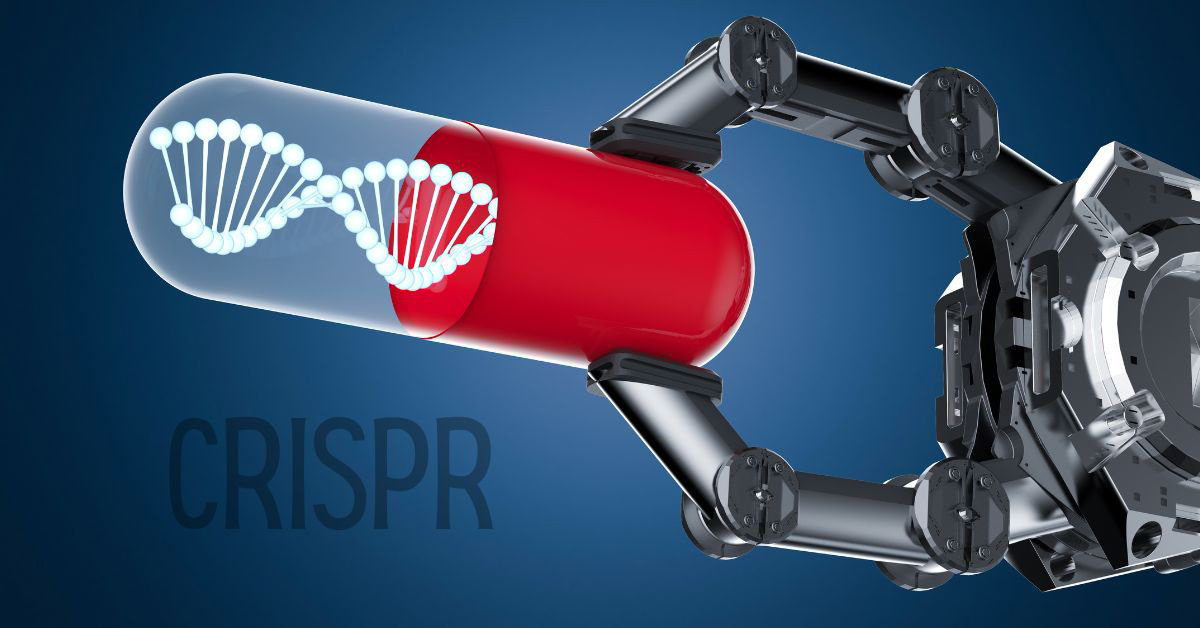
AI-Generated CRISPR?
The list of things AI can’t do is shrinking daily. Now we can add to the list of things AI can do the development of gene editing programs through the use of generative AI. The California startup Profluent plans to present a paper on their new AI, called CRISPR-1, at the annual meeting of the American Society of Gene and Cell Therapy, according to The New York Times. Generative AI works by identifying patterns in massive amounts of data and predicting, based on statistical probability, words, phrases or data that follow from previous words, phrases or data. Profluent’s AI was trained on the analysis of amino acids and nucleic acids that occur in nature to come up with a new gene editing program that does the same thing as CRISPR. Why, one might ask, do we need an AI version of what naturally occurring molecules already do? Gene editing pioneer Fyodor Urnov at UC Berkeley notes in the Times article that current technologies work, but face a bottleneck in the cost of getting these therapies through preclinical studies. He says that technologies like Profluent’s, which rapidly and continuously learn how to improve themselves, could lead to faster, more precise gene editing for the treatment of disease.
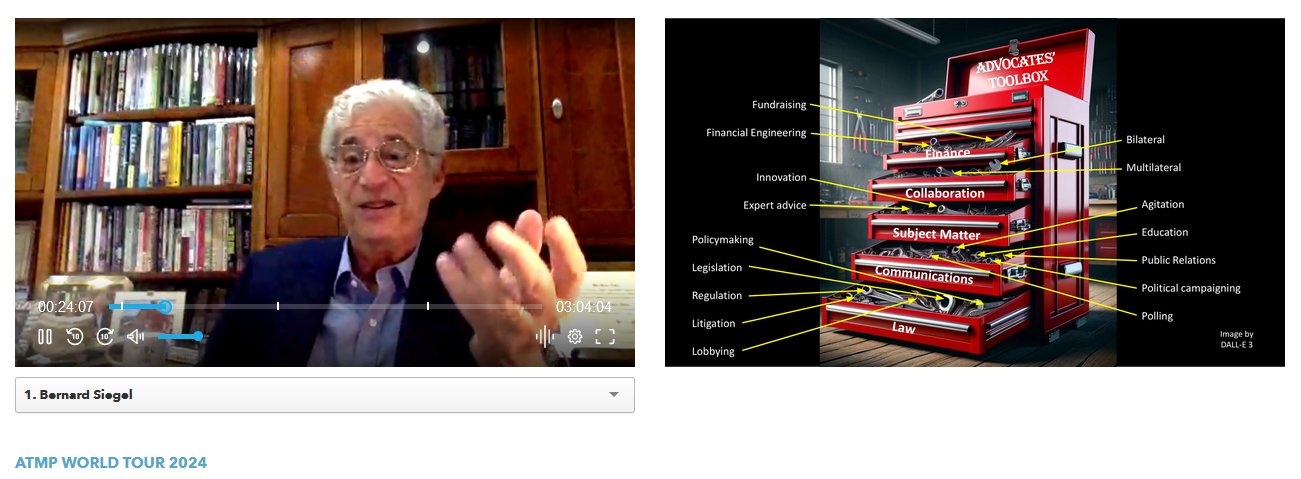
The 3,000 Foot View
This issue’s video features Healthspan Action Coalition’s executive director, Bernard Siegel, delivering an insightful overview of “sick care” economics, how to get clinical trials for advanced therapies to the finish line, and the importance of the advanced therapies community finding its voice, in a presentation for the Advanced Therapies World Tour. The summit was the sixth annual event sponsored by Sweden-based Advanced Therapies Medicinal Products, an organization advancing genetic, cell and tissue-based therapies in Europe. Videos of the entire conference are available here for free.
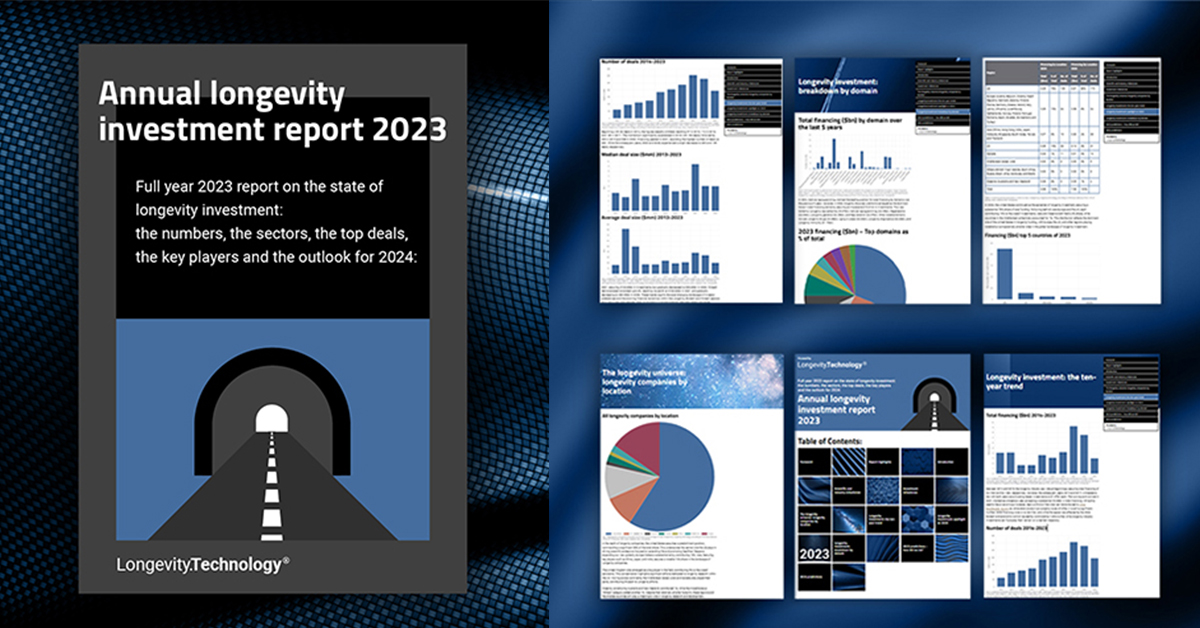
Longevity Investment
Investments in longevity science topped $3 billion last year, according to Longevity.Technology’s Annual Longevity Investment Report 2023, with capital investment flowing to what LT editor-in-chief Phil Newman calls “Longevity Now” companies and “Longevity Next” biotech. The former category refers to companies already offering tests for biomarkers of aging, supplements and other services. “Longevity Next” companies are working towards clinicals trials in longevity gene therapies, cellular reprogramming, neuropharma and other technologies aimed at manipulating the aging process.
For more on longevity investment, including a preview of things to come from some of the industry’s giants, including Nir Barzilai, Jamie Justice (executive director of XPRIZE Healthspan) and Aubrey de Grey, the Longevity Investors Conference 2024 will to be held in Gstaad, Switzerland September 24 through 27. The fifth annual conference will feature sessions covering the pillars of longevity—investment, science, infrastructure and personal longevity through presentations and fireside chats. Not to mention the networking opportunities enjoyed from the 5-star hotel Le Grand Bellevue amidst the stunning Swiss landscape.


